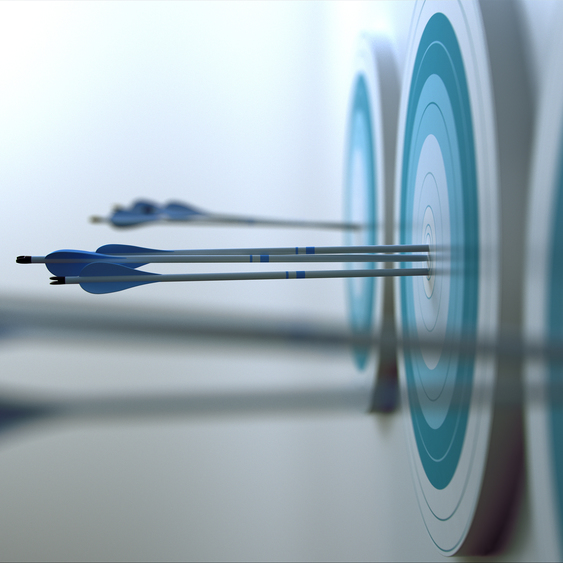How to Maximize Content for Lead Generation, Part 2

In part 1 of this series we defined Buyer Personas as they related to the Buyers Journey.
In this installation of How to Maximize Content for Lead Generation, we’ll outline the actual journey we want to take the Buyer Personas on and criteria for prioritizing content development.
Step #1: Define the Buyers Journey
Most of us are aware of the need to break content into categories.
These categories have historically been defined as ‘Top, Middle and Bottom of the funnel’ content.
We’ll be subscribing to the new standard called the Buyer’s Journey stages:
- Awareness Stage (Top of Funnel)
- Consideration Stage (Middle of Funnel)
- Decision (Bottom of Funnel)
We should think of the stages as questions & actions:
This isn’t a hypothetical exercise. We need to document the exact questions we believe our audience will ask in relationship to our services & solutions and what they’d learn as they research.
In the ‘consideration stage’ example above, you’ll notice that the researcher wondered if they should try to leverage their existing software to reach goals. By the time they get to decision stage content, that is no longer an option; hopefully because our content educated them on why that’s a bad idea.
Once we’ve documented our questions, we can move onto prioritizing content development based on how we’ll answer those questions.
Step # 2: Define what we’d like our Buyer Personas to Learn
The best place to start is to list all the key information we’d like or Buyer Personas to learn if they engaged our content.
Examples of information we’d like our Personas to learn:
If we’ve clearly defined what we want them to learn, we can design content path that educates them on those topics.
Step # 3: Catalog Current Content and Identify Gaps
After we’ve outlined what Buyer Personas should learn on their journey, we catalog our current content, evaluate its value and find gaps.
An excellent approach to evaluating the value and finding gaps is to create a checklist of questions for each asset.
Here some examples of how to measure the value of content and where it can be used:
- What media type is it (whitepaper, video, blog, etc.)
- Will it be used as General/Primer (no gate) content or Gated Content
- What quality is it (Medium, Good, Premium)
- How old is it (is it still relevant)
- What questions does it answer on our educational path (See step #2)
- Will it be distributed through social channels
- Will it be used for AdWords, Sponsored Posts, etc.
- Will it be used in our Marketing Automation nurture programs
If we know the answers to these questions about our content, we can look for gaps and refine and our distribution strategy as it relates to prioritizing content development for the buyer’s journey.







 How to Maximize Content for Lead Generation, Part 3
How to Maximize Content for Lead Generation, Part 3
 How to Maximize Content for Lead Generation, Part 1
How to Maximize Content for Lead Generation, Part 1
 What is Positioning and Why is it Important?
What is Positioning and Why is it Important?
